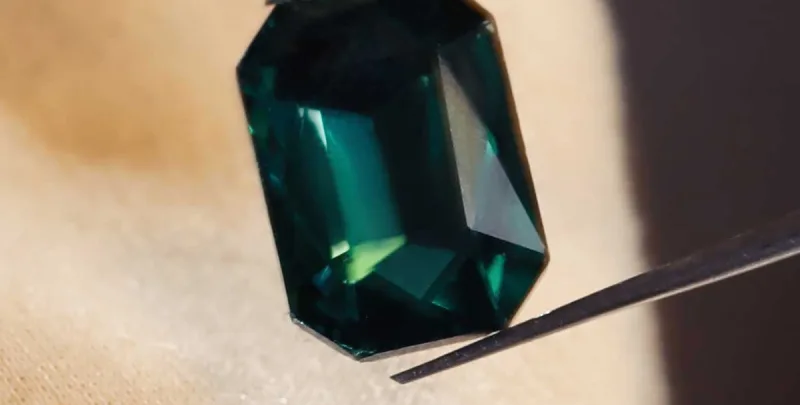The Colour of Diamonds
To
the untrained eye, “ White” diamonds may all seem to be of a similar
colour but this is far from the case and if you obtain a grading
certificate from the GIA,
you will see that a grading on a scale from D- Z is awarded to a
diamond based on it’s colour. This independent grading forms part of a
comprehensive range of reports on the characteristics of a diamond and
will provide you with an expert appraisal of your diamonds
attributes.
A diamond without any colour or hue whatsoever will be chemically
pure and exceedingly rare, the colour in a diamond comes from
impurities or internal flaws and to a certain extent will depend on
what was surrounding the diamond during it’s formation.
The GIA colour scale ranges from D to Z and is actually a scale of
the lack of colour in a diamond. D represents a diamond that is
practically colorless, this type of diamond is exceedingly rare and very
expensive.
After the cut of a diamond, the colour is regarded as the next most
important attribute. Diamonds naturally take on a pale yellow hue and as
the human eye detects sparkle before colour, the less colour a diamond
has, the more it will sparkle and hence the more desirable it will be.
It should be pointed out though, that the difference between many of
these grades is quite subtle and any diamond with a rating that is J or
less will appear colourless to the untrained eye. Here is the scale.
| Scale Letter | Colour |
| D, E , F | Colourless |
| G,H,I | Near Colourless |
| J, K L, M | Faint Yellow |
| N- Z | Very Light to Light Yellow |
Are Coloured Diamonds more expensive.
This
is a very common question when people are researching the purchase of
an engagement ring. The simple answer is both yes and no. Whilst in the
case of ” White” diamonds, which are far more prevalant and easy to
obtain, the more yellow the hues in the diamond the less expensive it
will be, however coloured diamonds such as pinks and blues can be very
expensive depending on their rarity or the intensity of their colour.
There is a wide variety of coloured diamonds and as with white
diamonds, the colour in the stone results from impurities becoming
trapped at the time the diamond was forming.
Different mineral deposits will produce different colourings. Typically,
the larger the mineral deposit, the deeper the colour. Pink diamonds
are highly prized for their clarity, other rare specimens include “
champagne” diamonds which have a lovely warm tan colouration and blue
diamonds with some examples exhibiting a deep blue colour almost like a
sapphire. We suggest a good deal of research and expert help when
choosing a coloured diamond as valuations may vary considerably although
the important four Cs will still apply.
Grading Differences
These
will carried out to the same exacting standards that are used in the
grading of white diamonds, however with coloured diamonds, when grading
colour it is the strength and saturation of colours that result in
higher prices, this is contrary to white diamonds where any colour is
considered a flaw.
At Assetsure, we will be pleased to offer jewellery Insurance for any item containing diamonds. Please contact our office for a quote

























